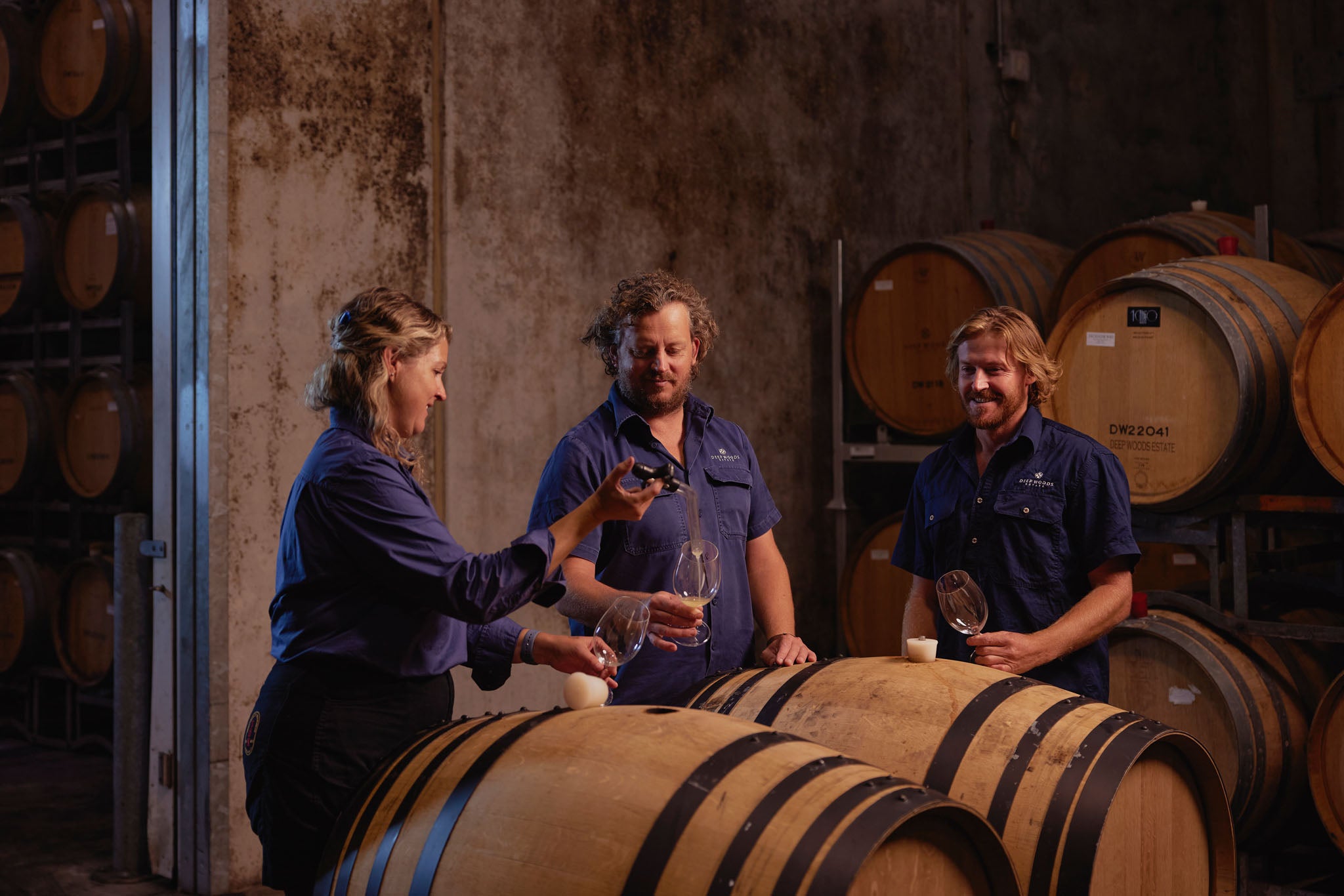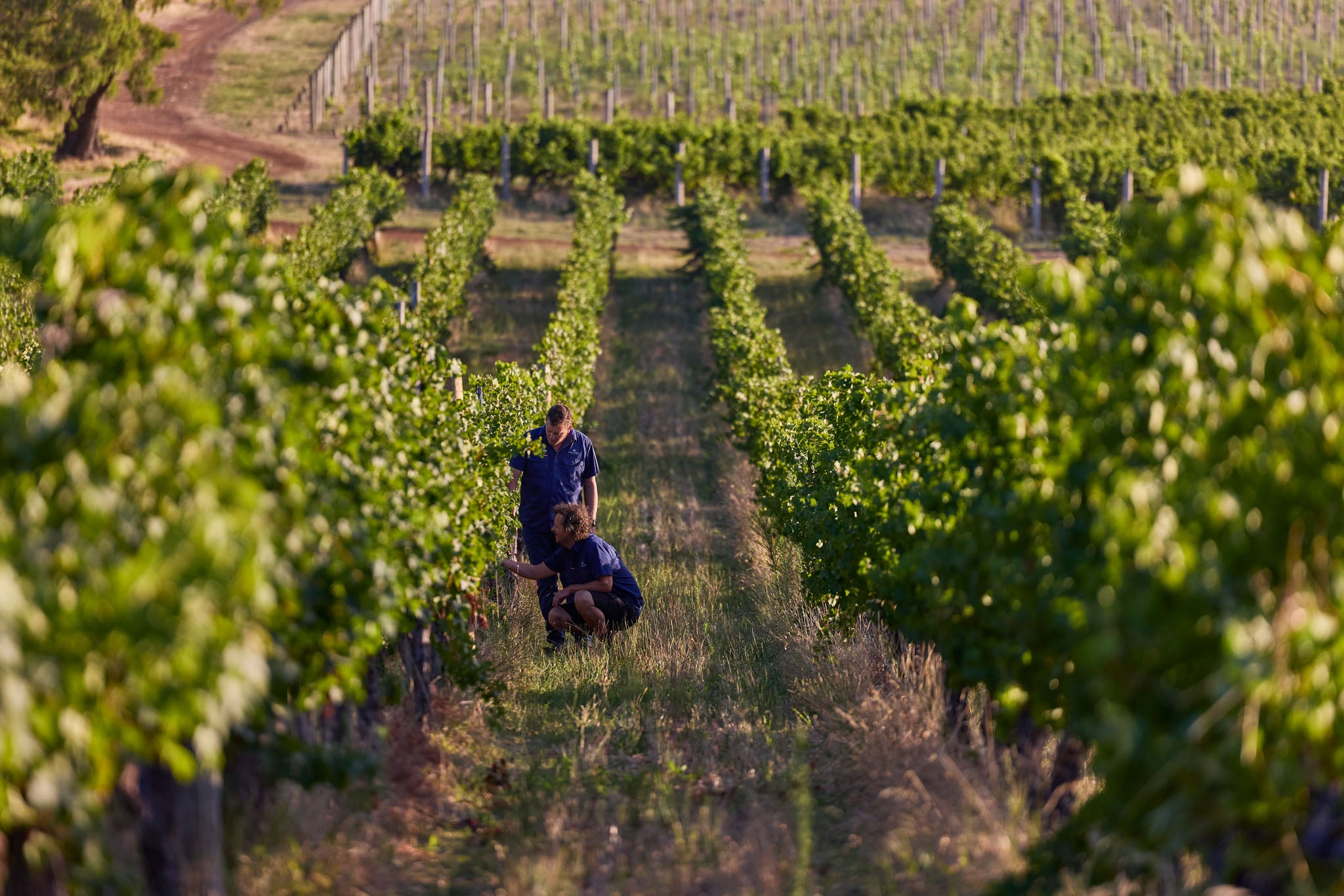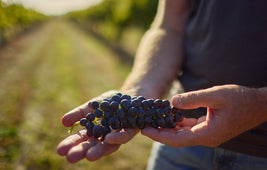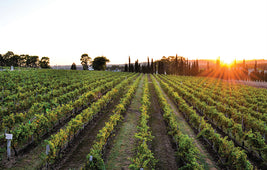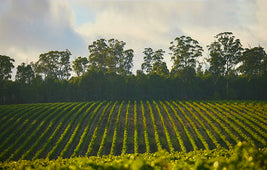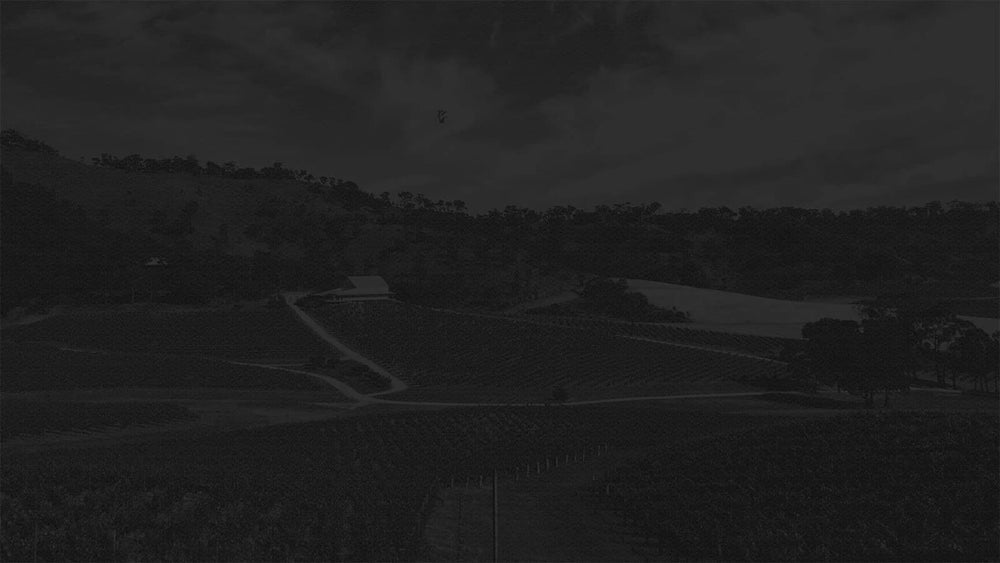What Happens to a Vineyard in Winter? A Season of Rest and Renewal

As the winter season arrives, vineyards experience a significant transformation. The drop in temperature and increase in rainfall signal the vines to enter a crucial phase of their lifecycle: dormancy. After a season of vigorous growth, the vines shed their leaves and 'shut down,' conserving their energy to focus on their root systems. This period of rest is essential for the health and productivity of the vineyard, setting the stage for the next season's growth. Let's explore what happens to a vineyard during winter and why this season is so important.
Dormancy: The Vine's Resting Phase
With the onset of winter, vines shift into dormancy, shedding their leaves and conserving energy. This natural process is akin to hibernation, where the vine's visible growth halts, and it focuses inwardly on sustaining its root system. The roots continue to pull in vital nutrients from the soil, ensuring the vine's survival through the cold months. This underground activity is critical, as it strengthens the vine and prepares it for the next growth cycle.
The Importance of Winter Pruning
While the vines rest, vineyard workers are busy with one of the most important tasks of the year: winter pruning. This meticulous process involves cutting back the recent growth, leaving behind one or two canes (cane pruning) or spurs (spur pruning). These selected canes or spurs will be the foundation for the next year's growth.
Pruning is a laborious yet crucial activity that ensures the vines are well-organised and manageable for the next growing season. By controlling the vine's structure and reducing its yield, pruning helps the vine concentrate its energy on producing high-quality fruit. This process is fundamental to maintaining the vineyard's health and productivity.
The Role of Winter Rain
Winter rain is a lifeline for vineyards, replenishing soil moisture levels and supporting the dormant vines. However, the amount of rainfall must be carefully balanced:
- Adequate Rain: Provides essential hydration, aiding nutrient absorption and root health.
- Too Much Rain: Can lead to waterlogged soils, depriving roots of oxygen and potentially causing damage.
- Too Little Rain: May result in insufficient water reserves for the growing season, leading to reduced grape yields.
Understanding and managing this delicate balance is a key aspect of successful viticulture.
Preparing for the Next Season
Winter in the vineyard is a time of quiet transformation. While the vines rest and rejuvenate, vineyard workers engage in essential tasks that ensure the health and productivity of the vineyard. This season of dormancy, pruning, and replenishment is vital for the vines, preparing them for the burst of growth and fruit production that will come with the warmer months. So, as the vineyard appears dormant and still, it's undergoing a period of critical preparation and care, setting the foundation for another fruitful year ahead.
Check out our favourite winter wines here.




